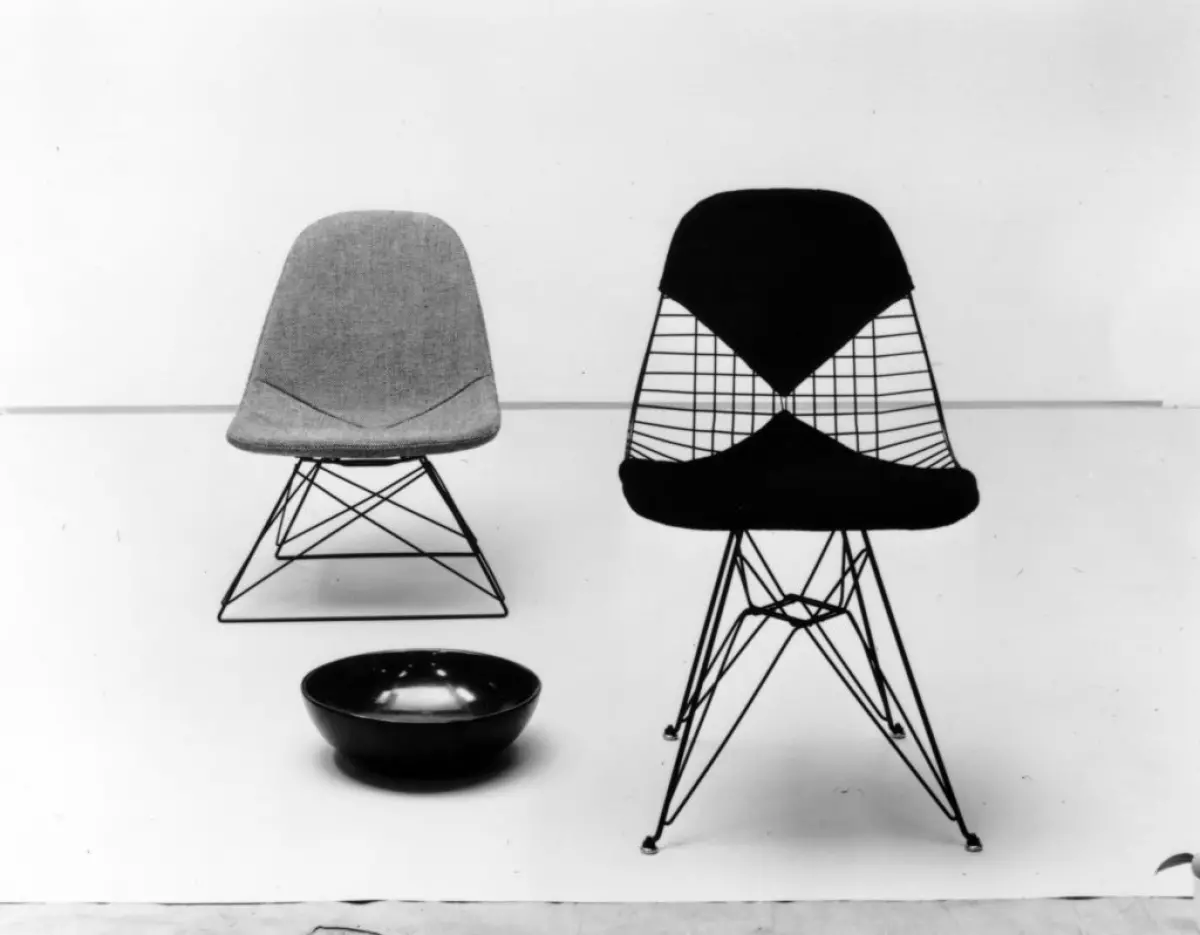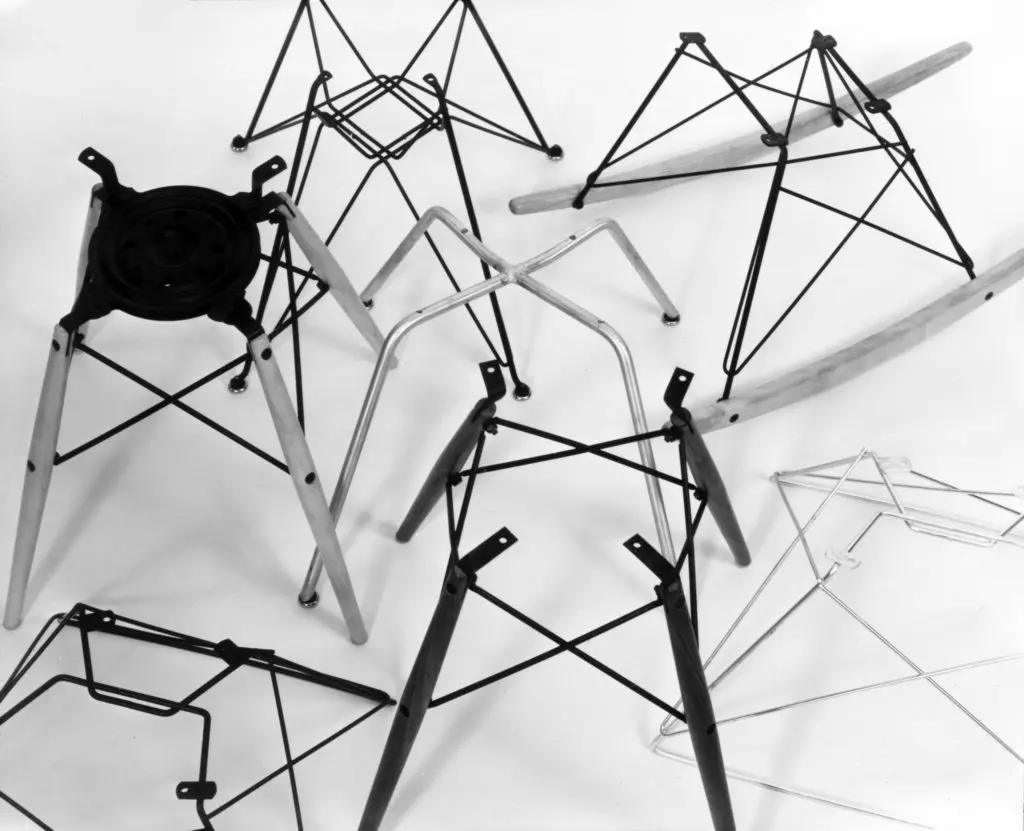Introduction:
When it comes to the world of furniture design, few names stand out like Charles and Ray Eames. Renowned for their innovative and timeless creations, the Eameses have left an indelible mark on the industry. One of their most iconic pieces, the Eames Molded Plastic Side Chair, is a testament to their pioneering spirit and commitment to quality craftsmanship.
The Birth of an Idea:
In 1949, fiberglass was a material yet to be explored in the realm of furniture production. However, Charles and Ray Eames saw the potential this robust, lightweight, and durable industrial material held. Collaborating with two engineers experienced in working with fiberglass for military airplanes, the Eameses set out to create something truly groundbreaking - the Eames Molded Plastic Side Chair.
Redefining Design:
The initial iteration of the side chair featured a four-legged base, but the innovative duo wasn't content with stopping there. Determined to improve upon their creation, they crafted a steel wire base that became affectionately known as the "Eiffel Tower" base. This new base not only provided equal sturdiness but also reduced the chair's weight by a remarkable four pounds.
 The Eames Molded Plastic Side Chair in all its elegant simplicity.
The Eames Molded Plastic Side Chair in all its elegant simplicity.
Unforeseen Challenges:
Interestingly, the Eameses initially believed that the arm shell would prove more challenging to produce than the side shell. However, they soon realized that the side shell posed its own set of technical difficulties. The prototypes tended to crack, prompting the designers to focus on upholstered wire chairs before perfecting the side chair forms in molded plastic.
Learning from Experience:
Even after addressing the cracking issue by adding more thickness to the side chair form, further improvements were necessary. The first production side chairs still exhibited cracking at the back of the shell where it curved up from the seat. Responding to customer feedback, the Eames Office made the necessary adjustments, resulting in a second iteration of production side shells that are still used today.
 The second generation of production side shells, thicker and stronger for enhanced durability.
The second generation of production side shells, thicker and stronger for enhanced durability.
Versatile Bases for Every Need:
The Eameses' attention to detail extended to the chair's bases, reflecting their commitment to functionality and adaptability. With a variety of bases to choose from, including lounge height, dining height, counter height, and even contract bases with features like casters and tilt-swivel mechanisms, the Eames Molded Plastic Side Chair seamlessly blends style with practicality.
This modular system of bases not only caters to a diverse range of seating needs but also keeps costs down. With just one standardized shell, at least 50 different Eames shell chairs can be created, reaffirming the Eameses' ingenuity and desire to make their designs accessible to all.
A Legacy That Endures:
Decades after its introduction, the Eames Molded Plastic Side Chair continues to captivate and inspire. Both Herman Miller and Vitra still produce these iconic chairs today, a testament to the timeless appeal and enduring craftsmanship exemplified by the Eameses.
Discover More:
If you're interested in exploring more of the Eameses' remarkable contributions to the design world, we invite you to delve into their extensive body of work. From furniture to architecture, their history is as fascinating as their creations, and it continues to shape the world of design to this day.
The Enduring Legacy:
The Eames Molded Plastic Side Chair is not merely a piece of furniture; it represents a vision and a commitment to pushing boundaries. Through their unparalleled expertise, the Eameses transformed the perception of what was possible in furniture design. Today, these chairs stand as a testament to their enduring legacy and remain beloved by design enthusiasts worldwide.
















